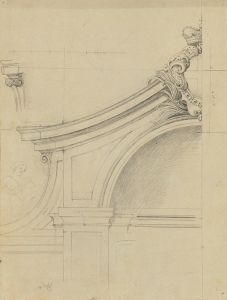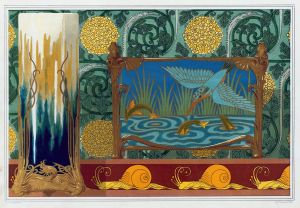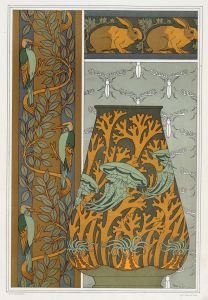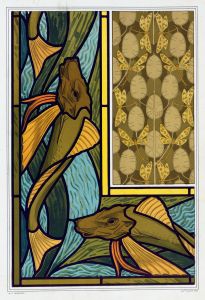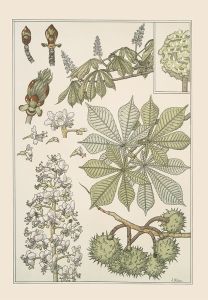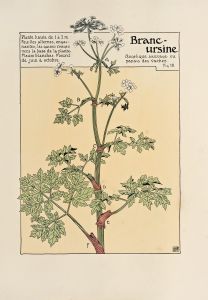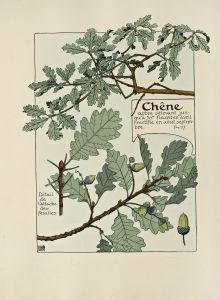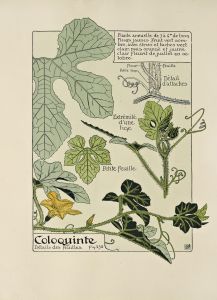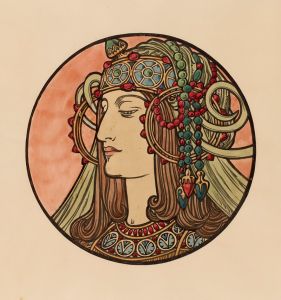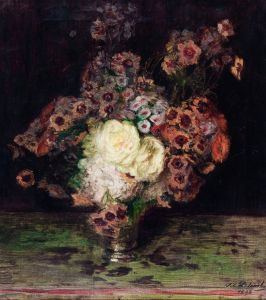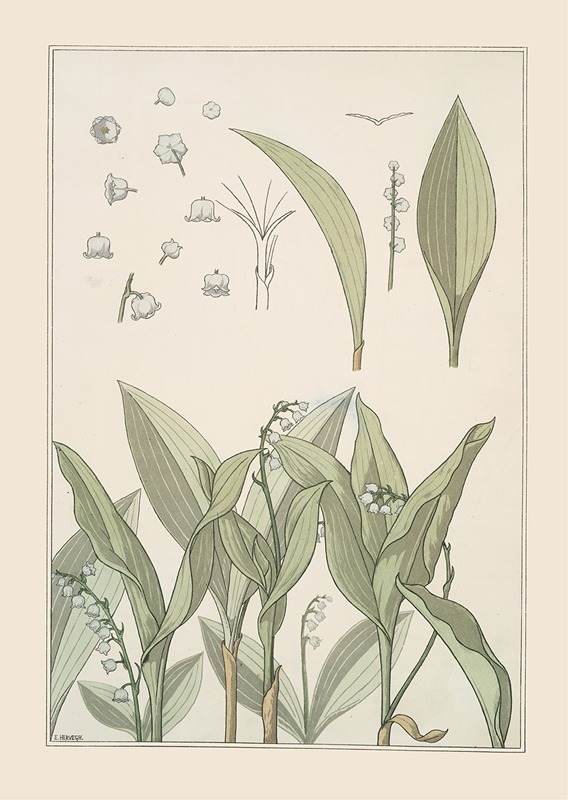
Muguet
A hand-painted replica of Maurice Pillard Verneuil’s masterpiece Muguet, meticulously crafted by professional artists to capture the true essence of the original. Each piece is created with museum-quality canvas and rare mineral pigments, carefully painted by experienced artists with delicate brushstrokes and rich, layered colors to perfectly recreate the texture of the original artwork. Unlike machine-printed reproductions, this hand-painted version brings the painting to life, infused with the artist’s emotions and skill in every stroke. Whether for personal collection or home decoration, it instantly elevates the artistic atmosphere of any space.
Maurice Pillard Verneuil was a prominent French artist and designer known for his contributions to the Art Nouveau movement. His works often featured intricate patterns and natural motifs, drawing inspiration from the flora and fauna around him. One of his notable works is "Muguet," which translates to "Lily of the Valley" in English. This piece exemplifies Verneuil's distinctive style and his ability to blend natural elements with decorative art.
"Muguet" is a part of Verneuil's broader exploration of botanical themes, which was a common subject in the Art Nouveau period. This movement, which flourished from the late 19th century to the early 20th century, emphasized organic forms, flowing lines, and the integration of art into everyday life. Verneuil, like many of his contemporaries, was influenced by the natural world and sought to capture its beauty and complexity in his work.
The "Muguet" piece showcases Verneuil's skill in illustrating the delicate and graceful form of the lily of the valley plant. This plant, known for its small, bell-shaped white flowers and sweet fragrance, has been a symbol of purity and renewal. In Verneuil's depiction, the plant is rendered with attention to detail, highlighting the elegance of its form and the subtle interplay of light and shadow on its petals and leaves.
Verneuil's approach to design was heavily influenced by Japanese art, which was gaining popularity in Europe during his time. The use of flat colors, stylized lines, and an emphasis on decorative patterns in "Muguet" reflect this influence. The composition is both harmonious and dynamic, capturing the viewer's attention with its rhythmic flow and balanced arrangement.
In addition to his work as a painter, Verneuil was also a prolific designer of wallpapers, textiles, and ceramics. His designs often featured similar motifs to those found in "Muguet," demonstrating his consistent interest in nature and his ability to translate these themes across different media. His work contributed to the spread of Art Nouveau aesthetics beyond fine art, influencing interior design and decorative arts.
Verneuil's legacy is marked by his dedication to the principles of Art Nouveau and his ability to adapt natural forms into decorative art. His work, including "Muguet," continues to be appreciated for its artistic merit and its role in the development of modern design. While specific details about the creation and exhibition history of "Muguet" may not be extensively documented, the piece remains an important example of Verneuil's artistic vision and his contribution to the Art Nouveau movement.
Overall, Maurice Pillard Verneuil's "Muguet" is a testament to the enduring appeal of natural motifs in art and design. It reflects the artist's skill in capturing the essence of his subjects and his ability to create works that are both aesthetically pleasing and deeply connected to the natural world.





